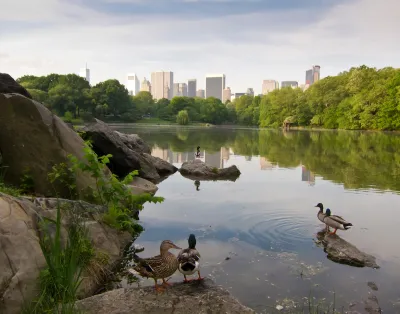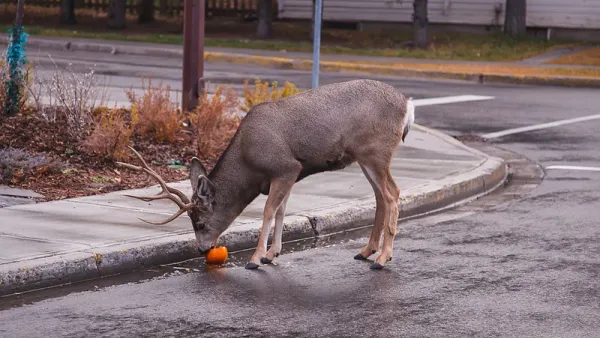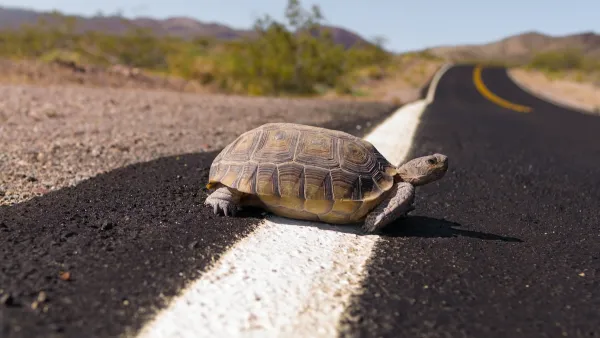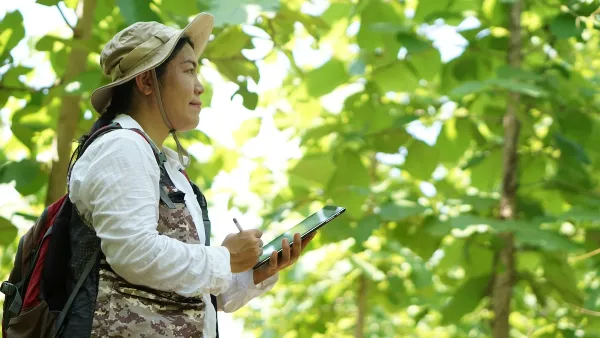A wide-ranging research study highlights the various qualities that make animal species living in urban environments thrive—and how biodiversity improves the health of our cities.

New research from the University of Melbourne identifies four distinct sets of traits that help urban wildlife adapt and survive in environments that seem hostile to animals. Writing in Wired, Maria Paula Escobar-Tello describes the findings. “The researchers looked at four animal characteristics—diet, body size, mobility, and reproductive strategy—that can vary according to what a city has to offer and how flexible a species can be.”
The study, which compiled data from 379 global cities, found that animal species fell into different categories. Some, the “mobile generalists,” do keep their options for diet and resting places open and move around frequently as needed. Others, termed “central place foragers,” nest and sleep in the same place, but forage for food over a broad range.
Then there are the “site specialists,” the study adds. “Reptiles and amphibians adopt a different strategy again: Faced with scarcer food, higher vulnerability to predators, road accidents, and pollution, they respond to urbanization by specializing their diets, moving around smaller areas, and reducing the size of their clutches.”
Why is biodiversity important for cities at all? “Greater biodiversity provides knock-on benefits, what are known as ‘ecosystem services,’” the article explains. A greater diversity of species can maintain healthier ecosystems, from microorganisms that clean the soil to local wildlife that keep disease-spreading pests like mosquitoes in check. “If you look at the traits animals are adopting to survive in urban environments, you can see how cities could be modified to become more habitable to a wider variety of species.”
FULL STORY: Why Some Animals Thrive in Cities

Analysis: Cybertruck Fatality Rate Far Exceeds That of Ford Pinto
The Tesla Cybertruck was recalled seven times last year.

National Parks Layoffs Will Cause Communities to Lose Billions
Thousands of essential park workers were laid off this week, just before the busy spring break season.

Retro-silient?: America’s First “Eco-burb,” The Woodlands Turns 50
A master-planned community north of Houston offers lessons on green infrastructure and resilient design, but falls short of its founder’s lofty affordability and walkability goals.

Test News Post 1
This is a summary

Analysis: Cybertruck Fatality Rate Far Exceeds That of Ford Pinto
The Tesla Cybertruck was recalled seven times last year.

Test News Headline 46
Test for the image on the front page.
Urban Design for Planners 1: Software Tools
This six-course series explores essential urban design concepts using open source software and equips planners with the tools they need to participate fully in the urban design process.
Planning for Universal Design
Learn the tools for implementing Universal Design in planning regulations.
EMC Planning Group, Inc.
Planetizen
Planetizen
Mpact (formerly Rail~Volution)
Great Falls Development Authority, Inc.
HUDs Office of Policy Development and Research
NYU Wagner Graduate School of Public Service




























